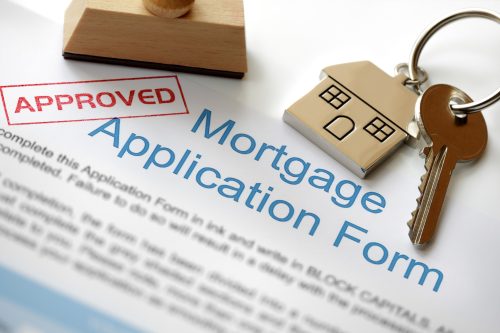Owning a home is a cherished goal for many, but navigating the complexities of the mortgage process can often feel like an intimidating hurdle. However, with the right knowledge and guidance, the journey to homeownership can transform from daunting to achievable. In this guide, we’ll explore the magic of mortgages and how they make the dream of homeownership a reality for countless individuals and families.
1. The Enchantment of Mortgages: Understanding the Basics
Unveiling the Spell: What is a Mortgage?
A mortgage is a financial tool that allows individuals to borrow money from a lender to purchase a home. It serves as a magical bridge between dreams and reality, enabling aspiring homeowners to spread the cost of their purchase over an extended period.
The Sorcery of Options: Types of Mortgages
Mortgages come in various forms, each with its own unique characteristics and benefits. From conventional loans to government-backed programs like FHA and VA loans, understanding the differences empowers buyers to choose the potion that best suits their needs.
2. The Art of Preparation: Setting the Stage for Homeownership
Casting the Spell of Financial Readiness
Before embarking on the quest for homeownership, aspiring buyers must prepare their financial arsenal. This includes assessing credit scores, evaluating debt-to-income ratios, and conjuring up a savings plan for the all-important down payment.
Harnessing the Power of Pre-Approval
Securing a mortgage pre-approval is akin to unlocking a powerful incantation. By submitting financial documents to a lender and receiving their blessing, buyers gain insight into their purchasing power and wield a potent weapon when making offers on homes.
3. Mastering the Magic: Navigating the Mortgage Process
Summoning the Necessary Ingredients
Gathering documentation is a crucial step in the mortgage process. From proof of income to employment verification and beyond, ensuring all required materials are at hand accelerates the journey to homeownership.
Performing the Ritual of Application
With documentation in hand, buyers embark on the mystical journey of mortgage application. This involves selecting a lender, submitting the application, and entrusting the lender’s wizards with the task of assessing eligibility and crafting favorable terms.
4. Unveiling the Enchantment: Closing the Deal
The Final Flourish: Underwriting and Approval
As the application progresses, lenders engage in the arcane practice of underwriting. This involves scrutinizing financial details and property information to ensure alignment with lending standards. Upon receiving the lender’s seal of approval, buyers advance to the final stage of the quest.
Concluding the Spell: Closing the Loan
The climax of the mortgage journey arrives with the closing of the loan. Here, buyers and sellers gather to sign contracts, exchange funds, and finalize the transfer of ownership. With this final flourish, the dream of homeownership becomes a tangible reality.
5. Conclusion: Embracing the Magic of Homeownership
Mortgages are more than mere financial transactions; they represent the culmination of dreams and aspirations. By understanding the intricacies of the mortgage process and embracing the magic it offers, aspiring homeowners embark on a transformative journey toward realizing their dreams.
FAQs
- What credit score is needed to qualify for a mortgage? While specific credit score requirements vary by lender and loan type, most lenders prefer borrowers to have a credit score of at least 620 to qualify for a conventional mortgage. However, alternative programs may accept lower scores.
- How much of a down payment is required to buy a home? Down payment requirements vary based on the type of mortgage and lender’s policies. Conventional mortgages typically require a down payment of 3% to 20% of the home’s purchase price, while government-backed loans may offer options with lower down payments.
- What are closing costs, and who pays them? Closing costs are fees associated with finalizing a mortgage transaction and transferring ownership of the property. These costs typically include lender fees, appraisal fees, title insurance, and more. Both buyers and sellers may share in paying closing costs, depending on the terms of the purchase agreement.
